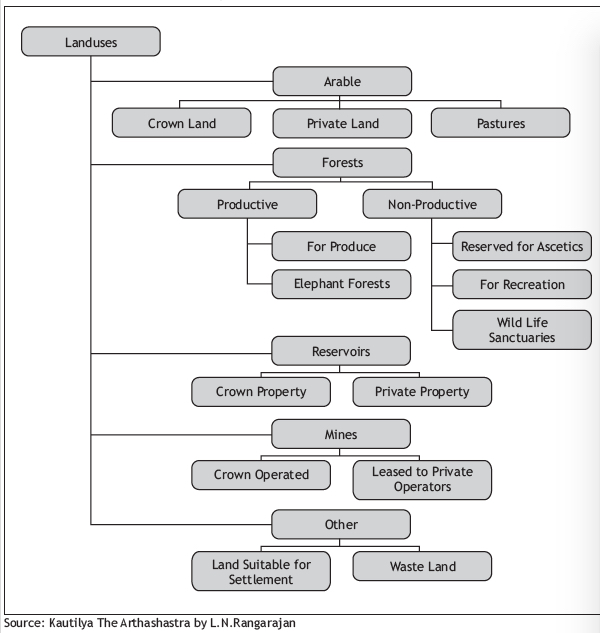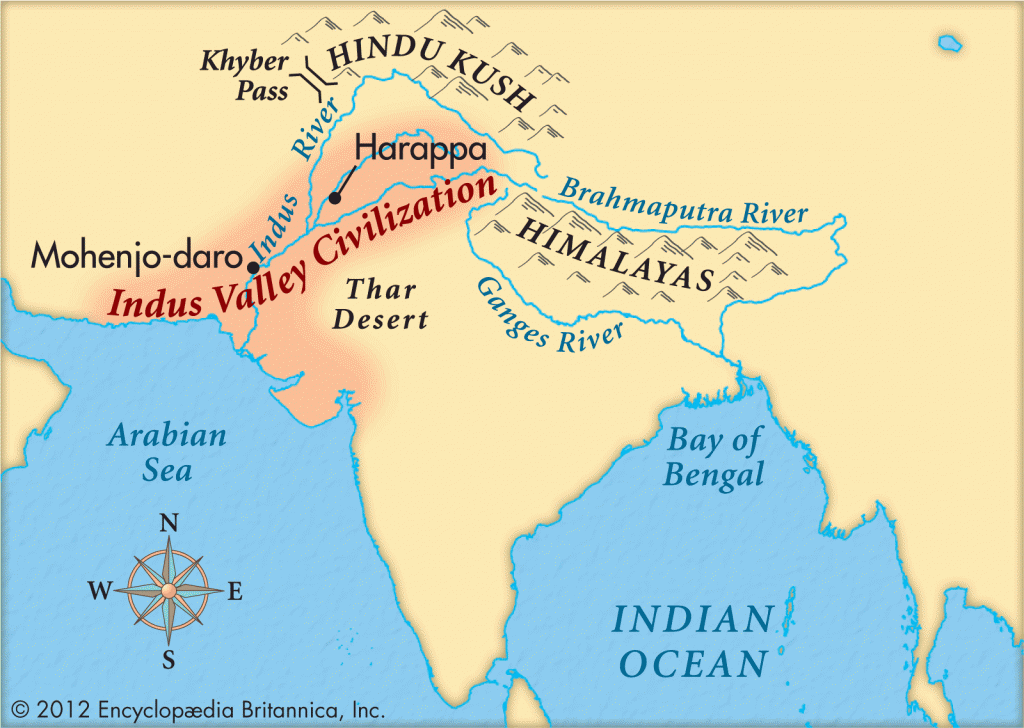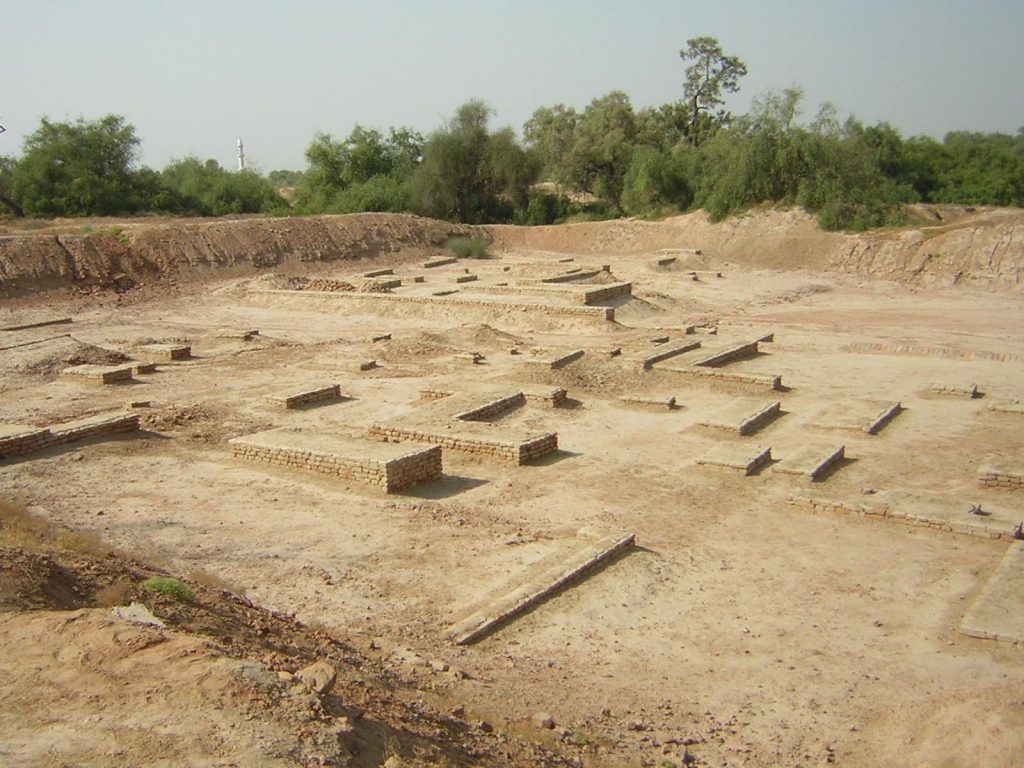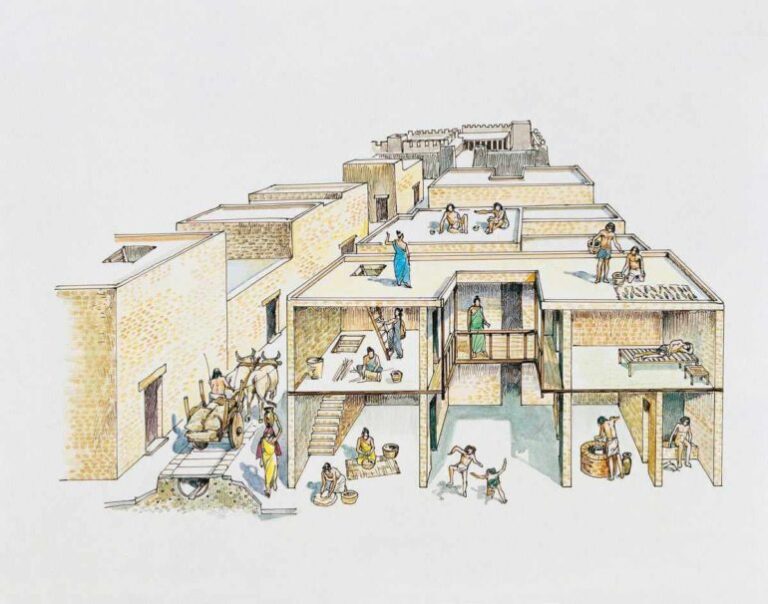(continued from earlier series…)
As urbanization and globalization continue apace, cities will become the front line actors in the carbon emissions and climate change arenas. Recycling practices are among the most promising at reducing the ecological footprint of cities and entire city regions.
The future of hundreds of millions of people in urban areas across the world will be affected by the different impacts of rapid urbanization and climate change. The impacts will vary depending on the form of settlement, geographic considerations and the nature of the local economy. The overall vulnerability of human settlements will increase as confirmed by various scenarios which project that further global warming over the next decades is inevitable.
The Vedic traditions are known to have the aspects of sustainability and being eco-friendly in the core of their practices.
Kautilya’s Arthashastra is considered to be a comprehensive treaty and addresses those entire essential fundamentals specific to the practices of design and development of human settlements. He defines a hierarchy of urban centers and their administrative divisions. So as to ensure a bare minimum quality of life, he recommends different sizes of towns based on the available natural resources and also defines limits to their expansions. He recommended different types of land uses as we see in the picture below.

Some interesting points raised by the Arthasastra include:
- The town should be not have surplus population which should then be housed in a new place.
- Towns should be positioned to help each other.
- ‘Sangrahan’ (collection register / tax collector) – 10 villages, ‘sarvatik’ among 200 villages, ‘dronamukh’ (chief) among 400 villages and ‘sthaniya’ among 800 villages.
- Migrated people in new settlement exempted from payment of taxes for some years
- A city should be located centrally to facilitate trade and commerce.
- The site should be large in area and near a perennial water body.
- The city shape should be circular, rectangular or square as per the topography.
- There should be separate areas for marketing different goods.
- The wall around the town should be 6 dandas high and 12 dandas wide. Beyond this wall there should be three moats of 14 feet, 12 feet and 10 feet wide to be constructed four arm-lengths apart
- Three east-west and three north-south roads should divide the town.
- The main roads should be 8 dandas wide and other roads 4 dandas wide.
- There should be 1 well per 10 houses.

The Indus Valley Civilization also referred as the Harappan Civilization and Saraswathi-Sindhu Civilization which was larger than Egyptian or Mesopotamian Civilizations (circa 3500-1300 BC), had towns designed keeping these principles in practice.

Some key characteristics of the Indus Valley cities and towns include:
- Sophisticated & advanced urban culture
- Streets in perfect grid patterns in both Mohenjodoro & Harappa
- World’s first sanitation system
- Individual wells and separate covered drains along the streets for waste water
- Houses opened to inner courtyards & smaller lanes
- Impressive dockyards, granaries, warehouses, brick platforms & protective walls
- Massive citadels protected the city from floods & attackers
- City dwellers – traders & artisans
- All the houses had access to water & drainage facilities


In terms of city development,
- Cities grew out of earlier villages that existed in the same locality for less than 100 years
- Cities grew in size and density and surrounded by numerous towns and villages
- Cities were interlinked by trade and economic activities, religious beliefs, social relations, etc.
- Cities had vast agricultural lands, rivers and forests by pastoral communities
- Fisher folk and hunters surrounded each city
Important cities of the Indus Valley included:
|
City |
Size (in hectares) |
Population |
|
Mohenjodaro |
200 |
35000-41000 |
|
Harappa |
150 |
23500 |
|
Ganweriwala |
80 |
|
|
Rakhigarhi |
80 |
|
|
Dholavira |
100 |
|
|
Rehman Dehri |
22 |
12000 |
Towns were classified in the following manner:
- Small Villages/Hamlets: 0-10 hectares
- Large Towns: 10-50 hectares
- Cities: 50 hectares

As Samual Hutington put it in the Clash of Civilizations, “In 1750, India accounted for almost one-quarter of the Worlds manufacturing output. In the following decades, the industrialization of the West was based upon, and led to the de-industrialization of the rest of the world…”
Today’s Chall

enges
Climate change brings new challenges, which impact the natural and built environments and aggravates existing environmental, social and economic problems. Clearly these changes will affect different aspects of spatial planning and the built environment, including external building fabric, structural integrity, internal environments, service infrastructure, open spaces, human comfort and the way people use indoor and outdoor space. Coupled with the challenges of rapid urbanization, climate change impacts will undermine country efforts to achieve the goals of sustainable development.
Nowadays, as a result of technological advancements, integration of societies and economies of the world, planning of cities and regions has become very complex. Professionally trained planners are therefore needed in order to evolve new options for the development and management of human settlements. This applies not only to the planning of metropolitan areas but also to small cities, towns and villages. Drawing from the sophisticated and planet friendly paradigms of ancient India will greatly benefit the planners and policy makers of today.


